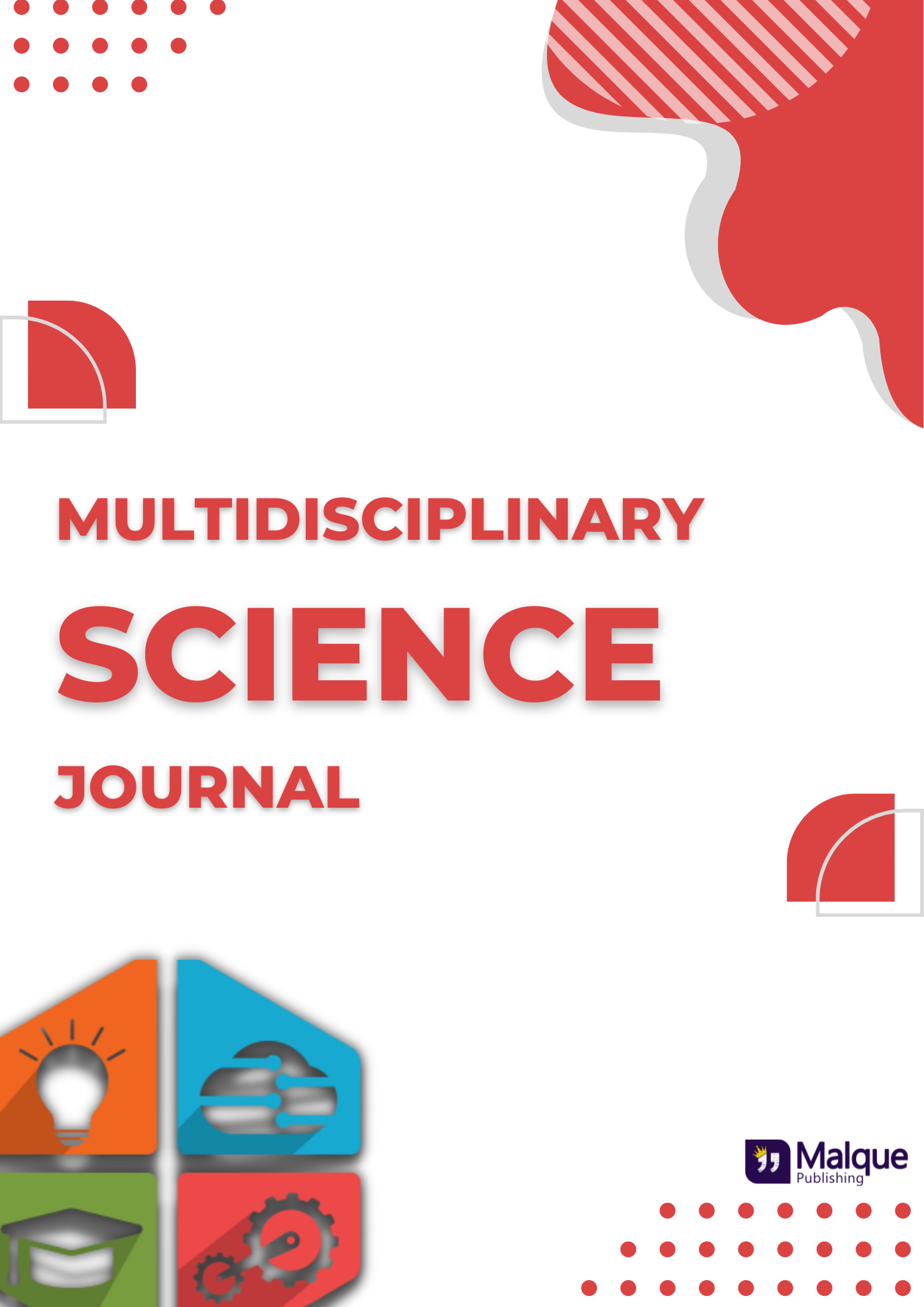Decentralization of criticality for watershed protection and sustainable agricultural production orientation in Lai Giang River Basin, South Central Coast, Vietnam
Abstract
Watershed vulnerability assessment is a crucial task reflecting the risk of land degradation due to erosion of a river basin. This study assessed criticality by applying GIS to assess soil erosion potential and for solutions to reduce soil erosion in the most vulnerable. The potential erosion level is applied, RUSLE’s loss equation with four parameters of rainfall (R), slope (S), slope length (L), and soil properties (K) according to the formula: Y = K*R*S*L assuming no land cover. The research results revealed that the Lai Giang River basin has a very high potential for soil erosion with no land cover. After combining with land cover in the basin through index land cover (C) and index farming activities (P), soil loss is gradually lower. This study shows the positive effects of land cover in reducing soil erosion. We tried to come up with possible solutions on the area required for protection forest development to limit the possibility of soil erosion, that is, the area of protective forest land that needs to achieve 58.000 ha. The improved use of RUSLE integration with GIS and remote sensing is more efficient and less expensive in estimating vulnerability to land protection priorities in river basins.










